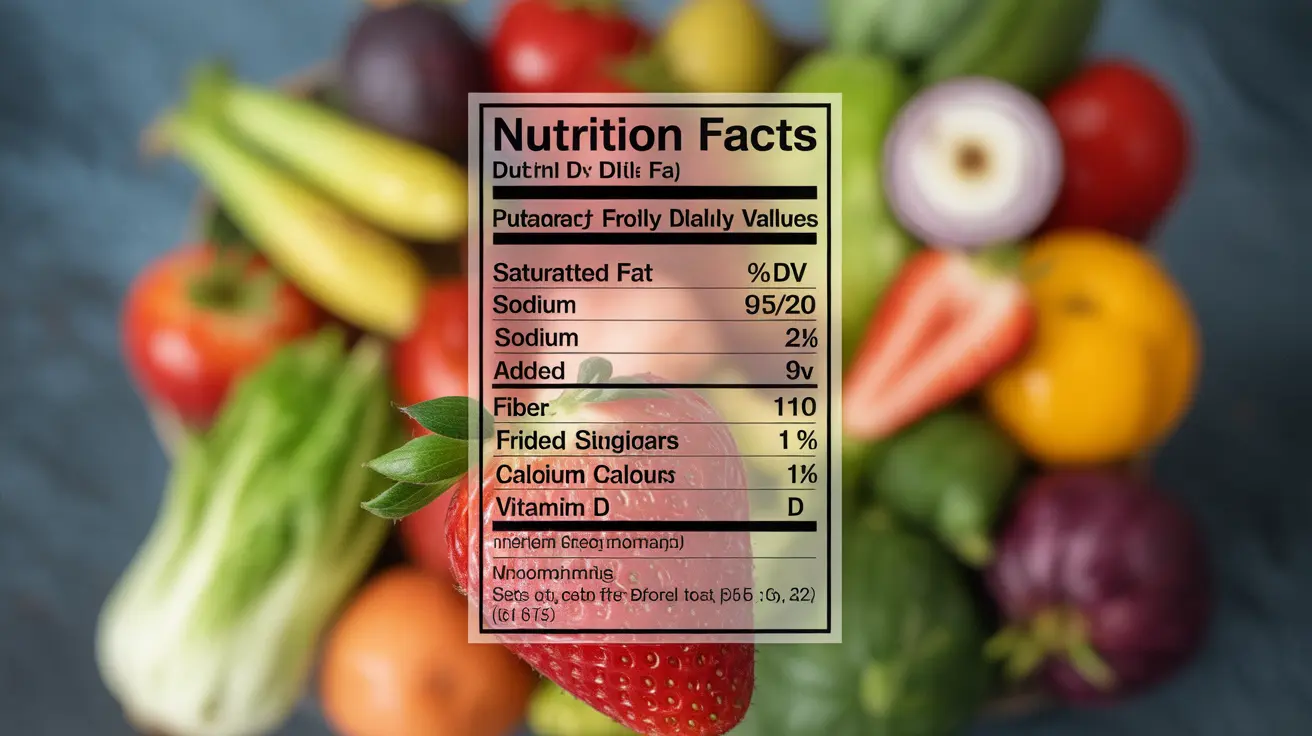Understanding nutrition labels can feel overwhelming, but there's a simple trick that can help you make healthier food choices in seconds. The 5/20 rule is a straightforward method for quickly evaluating the nutritional value of packaged foods by looking at the percentage of Daily Value (%DV) listed on the Nutrition Facts label.
This practical rule of thumb helps you identify whether a food is high or low in specific nutrients, making it easier to select foods that align with your health goals. Let's explore how this simple rule works and how you can use it to make better dietary choices.
Understanding the Basics of the 5/20 Rule
The 5/20 rule states that 5% DV or less of a nutrient per serving is considered low, while 20% DV or more is considered high. This simple principle helps you quickly assess whether a food provides a little or a lot of specific nutrients without complex calculations.
When examining a nutrition label, you'll see percentages listed for various nutrients. These percentages tell you how much of your daily recommended intake of each nutrient is provided by one serving of that food.
Nutrients to Monitor Using the 5/20 Rule
Aim for 5% or Less
When looking at these nutrients, seek products with 5% DV or less per serving:
- Saturated fat
- Sodium
- Added sugars
- Trans fat (ideally 0%)
Aim for 20% or More
For these beneficial nutrients, look for products with 20% DV or more per serving:
- Fiber
- Calcium
- Iron
- Potassium
- Vitamin D
Practical Application of the 5/20 Rule
To effectively use the 5/20 rule while shopping:
- Check serving sizes first, as all percentages are based on one serving
- Compare similar products to make better choices
- Focus on nutrients that matter most for your health goals
- Consider the overall nutritional profile, not just individual nutrients
Making Healthy Choices with the 5/20 Rule
The 5/20 rule becomes particularly valuable when comparing similar products. For example, when choosing between two breakfast cereals, you might prefer the one with less than 5% DV of added sugars and more than 20% DV of fiber. This helps you select more nutritious options within the same food category.
Frequently Asked Questions
What does the 5/20 rule mean on a Nutrition Facts label?
The 5/20 rule is a quick way to evaluate nutrients on food labels. If a nutrient has 5% or less of the Daily Value, it's considered low in that nutrient. If it has 20% or more, it's considered high in that nutrient.
How can I use the 5/20 rule to choose healthier foods?
Use the rule to select foods that have 5% DV or less of nutrients you want to limit (like sodium and saturated fat) and 20% DV or more of nutrients you want to increase (like fiber and vitamins).
Which nutrients should I look for at 5% or less and which at 20% or more according to the 5/20 rule?
Aim for 5% or less of saturated fat, sodium, and added sugars. Look for 20% or more of beneficial nutrients like fiber, calcium, iron, potassium, and vitamin D.
How can the 5/20 rule help me manage my weight and reduce disease risk?
By helping you choose foods lower in saturated fat, sodium, and added sugars while higher in fiber and essential nutrients, the 5/20 rule supports better weight management and overall health outcomes.
Are there any exceptions or personal considerations when applying the 5/20 rule to my diet?
Yes, individual health conditions, dietary restrictions, or nutritional needs may require modifications to the 5/20 rule. For example, athletes or pregnant women may need higher amounts of certain nutrients, while people with specific health conditions may need to restrict certain nutrients further.




